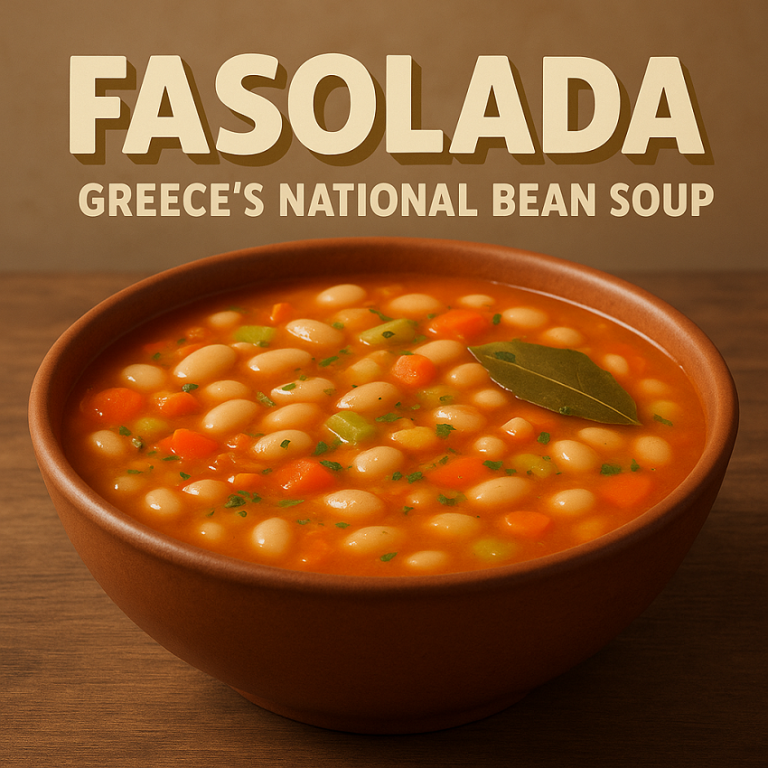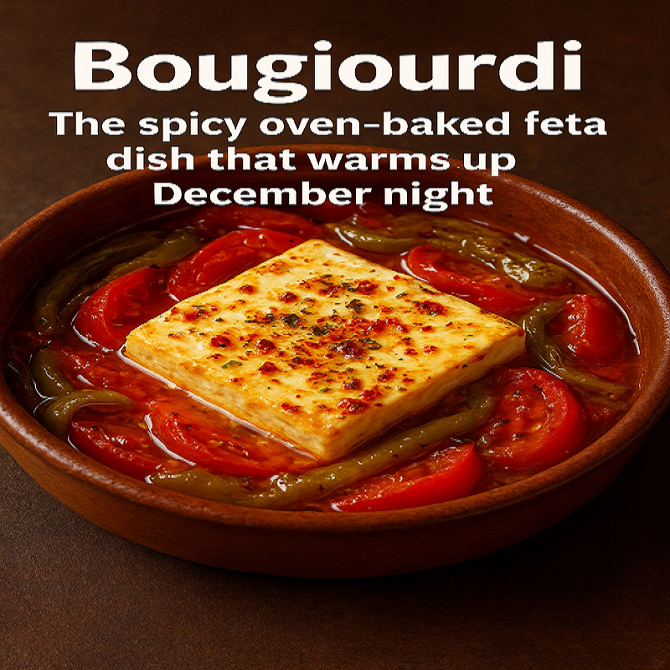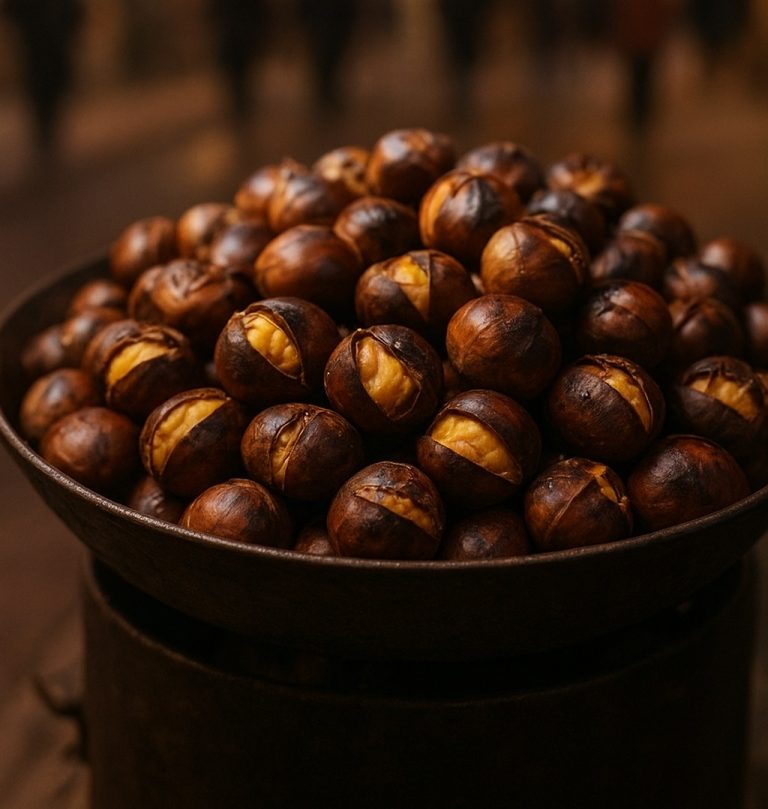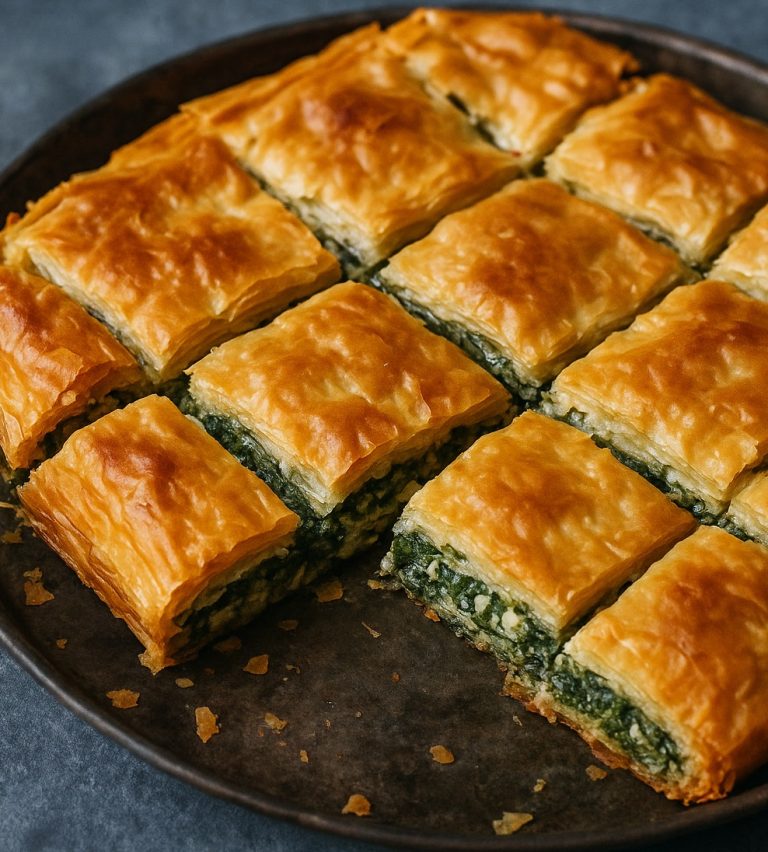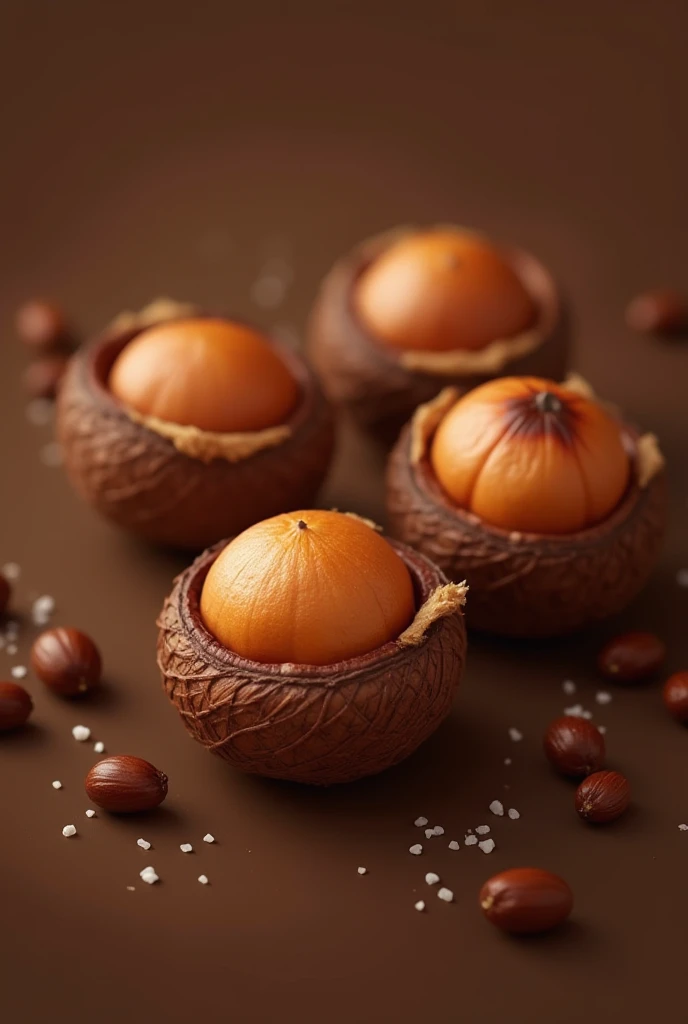
Roasted chestnuts have been a beloved snack for centuries, particularly in autumn and winter. Their warm, nutty flavor and unique texture make them a seasonal favorite, evoking memories of cozy evenings and festive gatherings. Here’s a closer look at this delightful treat, including its history, preparation methods, and health benefits.
A Brief History
Chestnuts have been a staple food in various cultures for thousands of years. Ancient Romans considered them an essential part of their diet, and they were often used to make flour. In medieval Europe, chestnuts were a vital food source, especially in mountainous regions where other crops struggled to grow.
The tradition of roasting chestnuts gained popularity in the 19th century, particularly in street markets. The famous song “Chestnuts Roasting on an Open Fire” captures the essence of this comforting seasonal treat, symbolizing warmth and nostalgia.
The Roasting Process
Roasting chestnuts is a simple yet rewarding process. Here are the steps to prepare them at home:
- Choosing Chestnuts: Start with fresh, high-quality chestnuts. Look for ones that are firm, shiny, and free of blemishes.
- Preparing the Chestnuts: Before roasting, it’s essential to score each chestnut. Use a sharp knife to make an “X” on the flat side. This allows steam to escape during roasting and prevents them from bursting.
- Roasting Methods:
- Oven Roasting: Preheat your oven to 425°F (220°C). Spread the scored chestnuts on a baking sheet and roast for about 20-30 minutes, shaking the pan occasionally.
- Open Fire: For a traditional experience, you can roast chestnuts over an open flame. Use a chestnut pan or a perforated container to hold them over the fire, turning frequently until they are golden brown.
- Stovetop: A stovetop method involves using a skillet with a lid. Place the scored chestnuts in the skillet over medium heat, shaking occasionally until roasted.
- Peeling and Enjoying: Once roasted, let the chestnuts cool for a few minutes. The skins will be easier to remove when warm. Enjoy them plain or with a sprinkle of salt.
Health Benefits
Roasted chestnuts are not just a delicious snack; they also offer several health benefits:
- Low in Fat: Unlike many nuts, chestnuts are low in fat, making them a healthier snack option.
- Rich in Nutrients: They are a good source of vitamins C and B, potassium, and dietary fiber.
- Antioxidants: Chestnuts contain antioxidants that help combat oxidative stress and inflammation in the body.
Culinary Uses
Beyond being a delightful snack on their own, roasted chestnuts can be incorporated into various dishes:
- Soups and Stews: Add roasted chestnuts to soups for a rich, nutty flavor.
- Stuffing: They can be chopped and mixed into stuffing for poultry or vegetables.
- Desserts: Chestnuts can be pureed and used in desserts like cakes, pastries, or even ice cream.
Roasted chestnuts are more than just a seasonal snack; they are a symbol of warmth, tradition, and comfort. Whether enjoyed on a chilly evening by the fire or incorporated into festive dishes, chestnuts bring a unique flavor and nutritional benefit that enhances any gathering. So, as the leaves change and the air turns crisp, embrace the joy of roasting chestnuts and savor their deliciousness.
